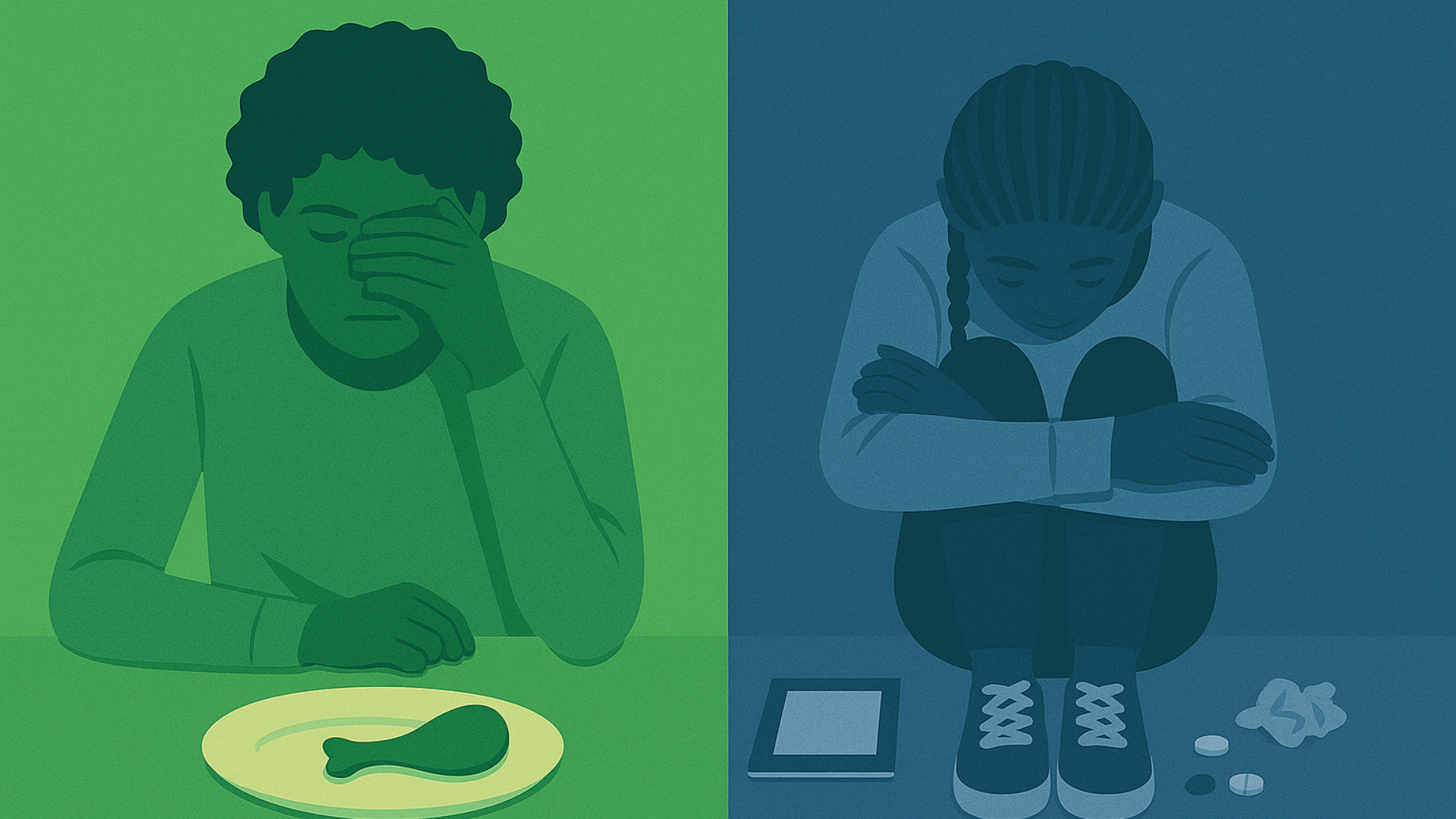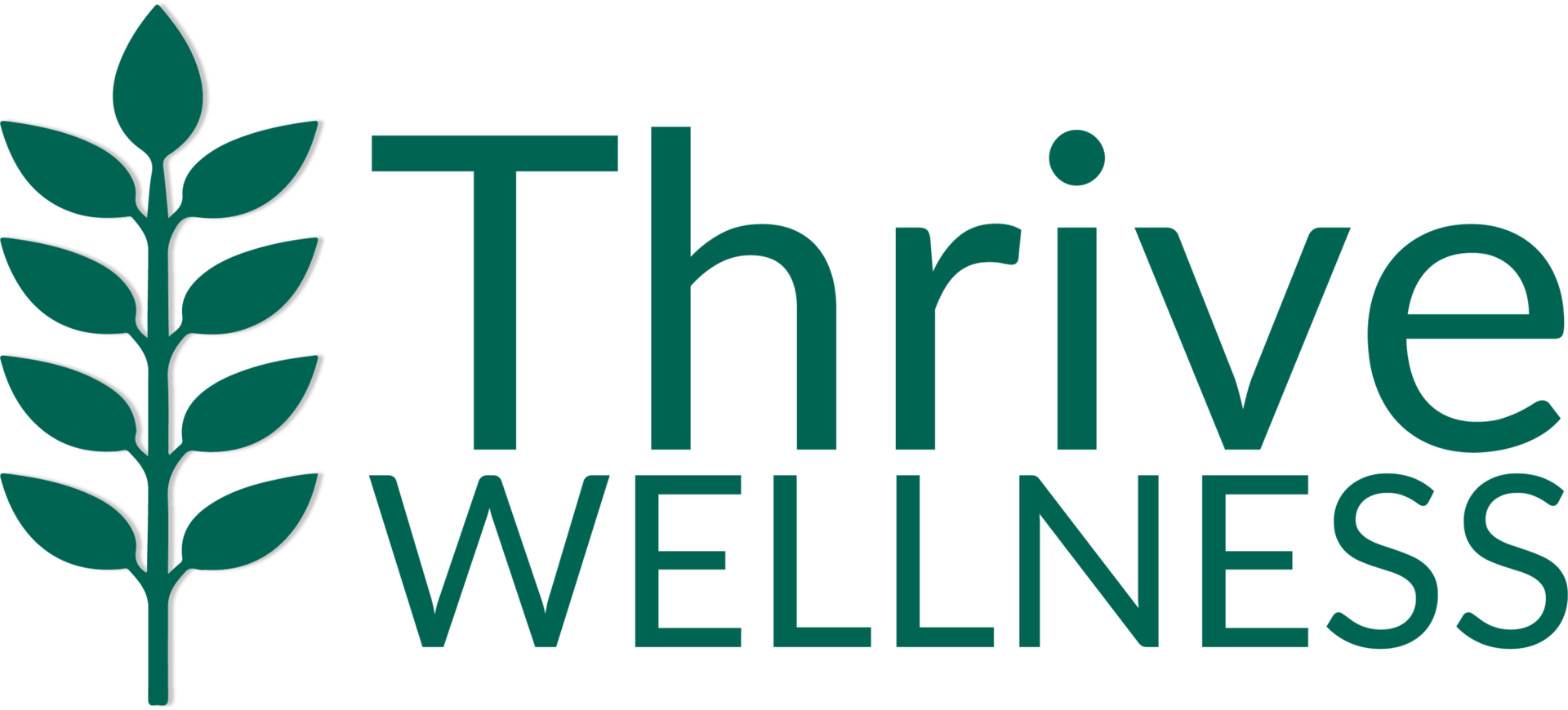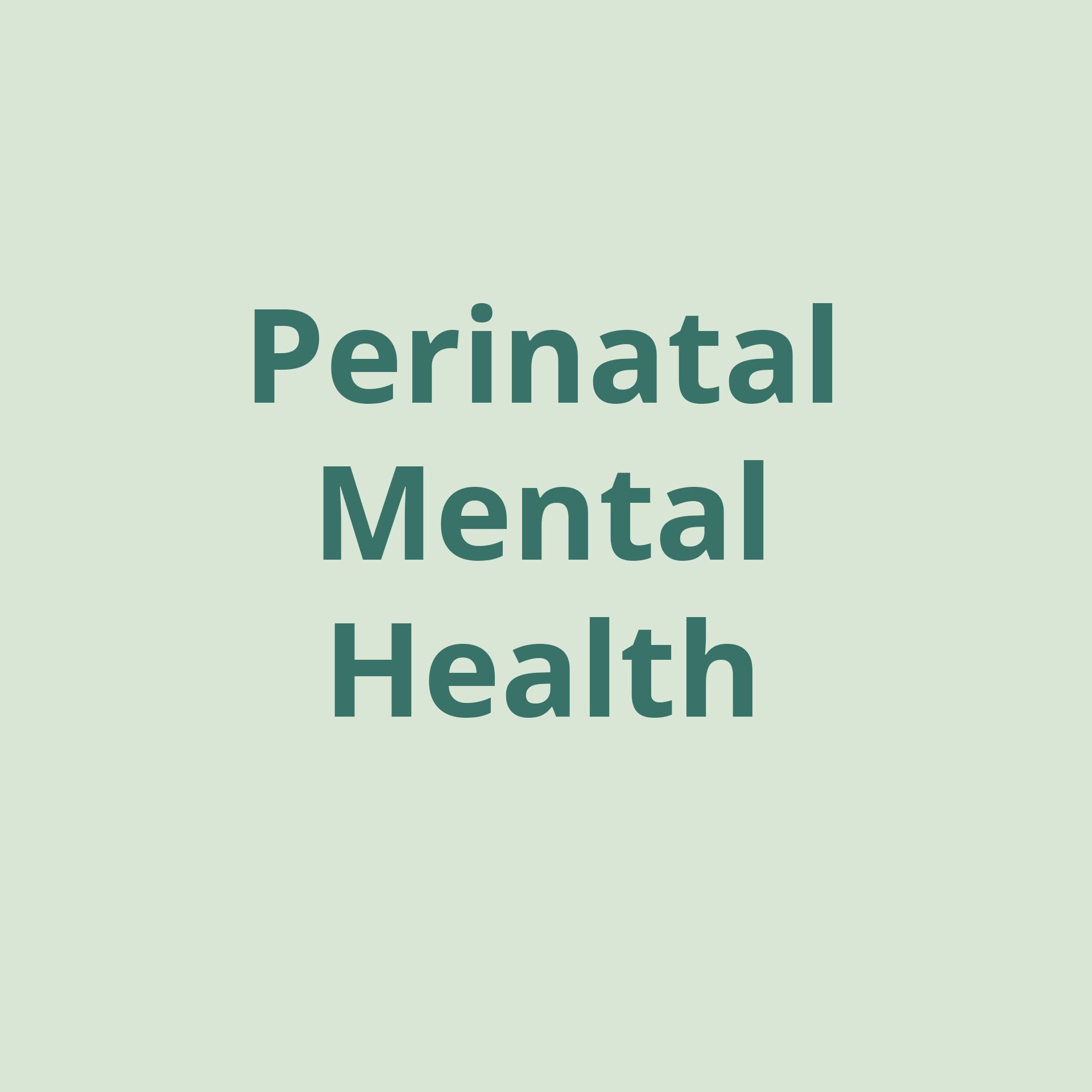Taking the Worth Out of Weight and Embodying the Health at Every Size® (HAES®) Mindset: A Q&A With Thrive Wellness Waco Lead Dietitian Jen Fletcher, M.S., RD, LD, CNSC

An innovative concept, the Health at Every Size® (HAES®) movement challenges existing public health narratives regarding the relationship between body size and health. Offering an alternative perspective, the HAES® approach debunks the widely-held belief that weight determines one’s well-being. Learn more about how the HAES® perspective can promote whole-body health in this thought-provoking Q&A with Thrive Wellness Waco Lead Dietitian Jen Fletcher, M.S., RD, LD, CNSC.
What is the HAES® approach?
The HAES® approach is a movement gaining in popularity that promotes all health behaviors, rather than weight management, as ways to support well-being. By asserting that body size doesn’t categorically indicate or affect health status, the HAES® perspective encourages society to focus on well-being as an attribute that people in all bodies possess.
How does the HAES® approach relate to nutrition and movement?
In regards to nutrition , the HAES® movement supports principles of Intuitive Eating , such as:
- Flexible and individualized eating choices based on personal hunger and fullness cues
- Rejecting the diet mentality as diets can disrupt one’s connection with the body while also harming physical and mental health
- Making peace with food by not creating, accepting, or endorsing any moral judgments around different types of foods
The HAES® perspective encourages movement for all bodies . Society is flooded with harmful narratives about diet culture , weight bias (involving prejudice based on body size), weight stigma (involving stereotypes and misconceptions), and unrealistic expectations for how bodies “should” look. These misleading cultural messages can make movement seem less accessible to some individuals. Alternatively, HAES® promotes acceptance of all bodies and empowers individuals to move in ways they enjoy. Meeting every individual where they are, the HAES® approach endorses personal choice in movement, respect for ability levels, and self-kindness as they explore what movement means to them.
What does it mean to be a HAES®-informed eating disorder recovery provider?
While diet culture , weight bias, and weight stigma can contribute to the development of eating disorders , incorporating the HAES® ideals can help counteract these harmful societal narratives. HAES®-informed eating disorder recovery providers are weight inclusive and uphold the truth that all bodies are deserving of respect and compassionate care . HAES®-informed eating disorder recovery providers also guide clients in creating health goals that aren’t focused on weight which helps foster sustainable, healthy lifestyle changes for lasting recovery. By integrating HAES® principles into practice, providers are able to create mentally and physically supportive environments that are conducive to healing for all bodies.
How does a HAES® perspective benefit well-being?
A harmonious relationship with one’s body can nurture a peaceful relationship with food and eating . By empowering a person to accept their body as it is, HAES® promotes a deeper mind-body connection and creates a natural pathway to practicing intuitive eating. Overall, HAES® allows for a shift in mindset that inspires individuals to ditch diets, enjoy true satisfaction during everyday eating experiences, and free themselves from societal pressure to achieve unrealistic body ideals.
What are some common misconceptions about HAES®?
The HAES® movement encourages individuals to disregard any societal or medical meaning given to the measurement of weight. Even still, many individuals falsely assume that if weight goals aren’t present, health will suffer. This isn’t the case. Research shows that a HAES® approach is associated with improvements in health, metabolic risk factors, and eating disorder behaviors.
Additionally, individuals often misunderstand the HAES® movement to mean that the entire range of the size spectrum is considered “healthy.” In reality, body size doesn’t determine well-being. It’s important to shift the focus away from weight and related goals and instead concentrate on healthy behaviors . By its very nature, weight isn’t a behavior, and thus can’t be implemented to promote well-being.
How can people adopt a HAES® mindset?
By appreciating your body exactly how it is right now, you can begin embracing the HAES® mindset. This may feel like a classic “easier said than done” situation, but the truth is that all bodies are deserving of love, compassion, respect, and care . We are all created to be unique in so many ways, including the inherent diversity of body shape and size. By wholeheartedly accepting your body, you can begin your journey to having a peaceful, healthy relationship with your entire self.
LEARN TO LOVE YOUR BODY
At Thrive Wellness, we want everyone to feel comfortable and connected with their bodies, but we also understand the many complex factors that can interfere with this. Approaching treatment from the perspective that physical, mental, and behavioral health are intertwined, we offer comprehensive, compassionate care for all. Our HAES®-informed, interdisciplinary team includes mental and behavioral health specialists, registered dietitians, psychiatric professionals, and additional clinical support staff.* They collaborate on each individual’s care to help them lead happy, healthy, body-positive lives. Reach out to learn more about our healthcare services .
*Additional services and providers may be available depending on location.
About the Contributor
Thrive Wellness Waco Lead Dietitian Jen Fletcher, M.S., RD, LD, CNSC
Jen Fletcher earned a bachelor’s degree in nutritional sciences from Texas A&M University and a master’s degree in nutrition and dietetics from Texas Tech University. She also completed a dietetic internship at Texas A&M and is a certified nutrition support clinician (CNSC). With several years of experience as a clinical dietician, Jen specializes in medical nutrition therapy with a focus on critical care. Her career spans working in intensive care, newborn intensive care, oncology, renal, and progressive care units.
Jen is passionate about promoting healing through nutrition and believes that proper nourishment is fundamental to living life to the fullest. Through her practice, she is committed to helping others enhance their relationships with food and their bodies on their journey to recovery. At Thrive Wellness Waco, Jen works alongside a multidisciplinary team to treat those who are struggling with eating disorders to do just that. She aspires to make a positive impact in the lives of others and takes pride in being part of a team and organization dedicated to quality, community-driven care.
Jen savors spending her spare time in the company of friends and family, including her husband and cat. She enjoys reading, running, indoor cycling, watching TV with her husband, and taking “way too many” pictures of her feline fur baby.








